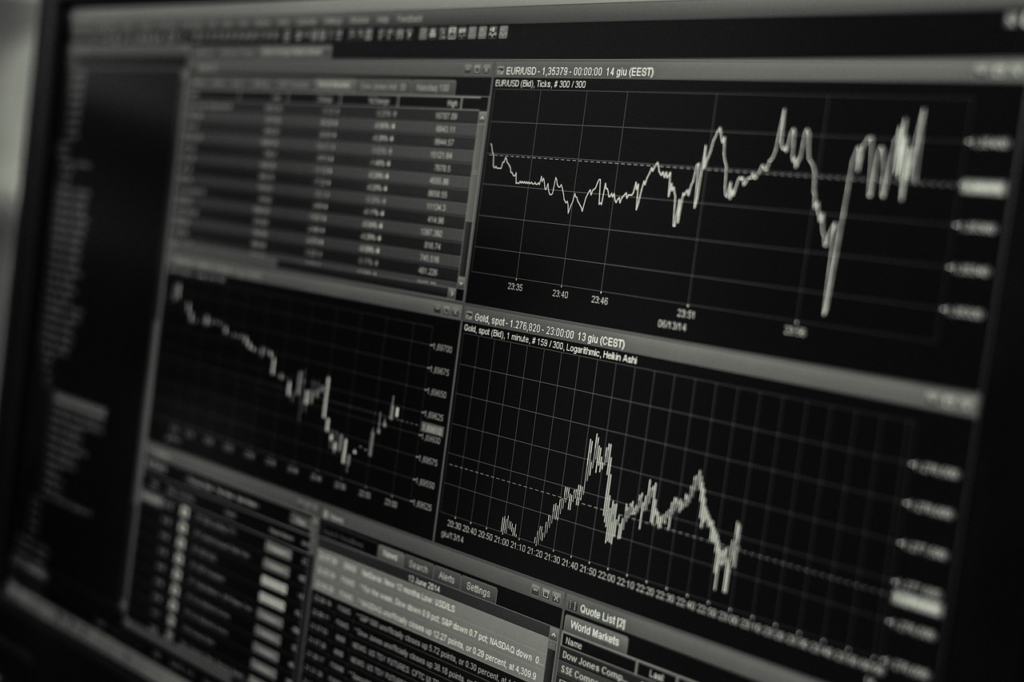
Currencies fluctuate in the market according to economic conditions because trade balance statistics
establish exchange rates between currencies. A nation develops a trade deficit through greater imports
than exports, and this situation leads to a reduced value of its local currency. A country that achieves a
trade surplus shows an export volume that exceeds import volume, thus creating enhanced market
demand for its domestic currency. Market performers, including traders and investors, need complete
understanding of trade balance shifts, which serve as indicators for economic health transformation and
market sentiment evolution.
A country faces a trade deficit when its customers, along with businesses, import a greater volume of
foreign products than they offer for export. A trade deficit occurs frequently in strong economies,
although persistent budget deficits signal possible problems with long-term economic stability.
Devaluation occurs because the market demand for domestic currency decreases when purchases for
foreign goods require payment in foreign currencies. Currency depreciation results in more expensive
imports and can lead to inflationary pressures, which are closely monitored by FX trading market traders
who track price-changing indications.
A trade surplus produces favorable currency effects for a country by strengthening its market value.
Foreign buyers strengthen demand for domestic currency when they make purchases by using their own
money. The appreciation of the currency stems from a trade surplus that drives up market demand and
enhances trading opportunities, together with foreign investment opportunities. A strong local currency
created by trade surpluses provides a beneficial effect on foreign money entering the economy since it
showcases powerful economic growth potential. Investors and traders enter markets that display
positive conditions since they enhance the total market opportunities for currency exchange during
trading sessions.
The connection between trade deficits or surpluses and currency values becomes more complex
because it depends on market sentiment. The perception among market participants that a country has
a solid export market and steady economic environment increases investment toward its currency.
Economic conditions that reveal excessive import dependence and trade difficulties among countries
will trigger negative investor sentiment that ultimately causes currency value decreases. FX Trading
professionals need to monitor sentiment shifts intensely since these changes emerge swiftly, requiring
them to modify their trading methods by adaptation.
Policy measures significantly determine which factors cause changes in currency values when trade
balances shift. Public authorities and central banks use various methods, including interest rate
adjustments and trade policies, to modify market transaction patterns. A reduction in interest rates
produces two effects: increased domestic spending and an expanded trade deficit. FX market traders
need to analyze policy changes because these elements produce substantial shifts between the value of
imports versus exports.
The growing globalization of economic systems leads to increasingly interconnected trading
partnerships, which produce widespread effects when currencies change value. The analysis of
worldwide economic relationships by FX trading professionals becomes vital since economic trades from
major nations create global market changes. Forecasting currency market movements through trade
balance understanding allows traders to make better decisions in their business.
Traders and investors need to maintain continuous surveillance of the forex marketplace to discover
shifts in trade balances and their motivating factors. Analysis of market dynamics provides traders with
an accurate comprehension of foreign exchange markets through policy analysis and global market
sentiment information.